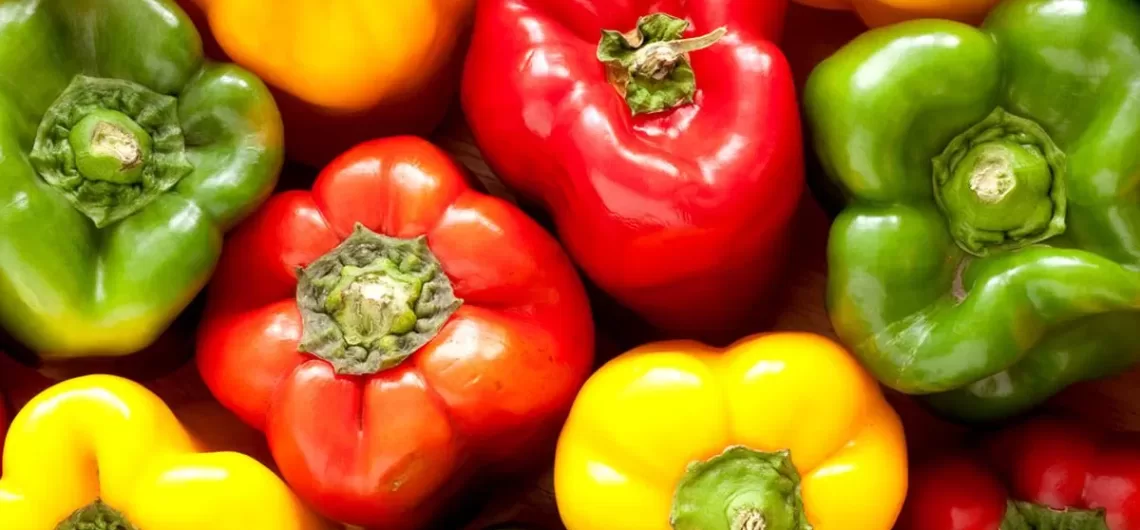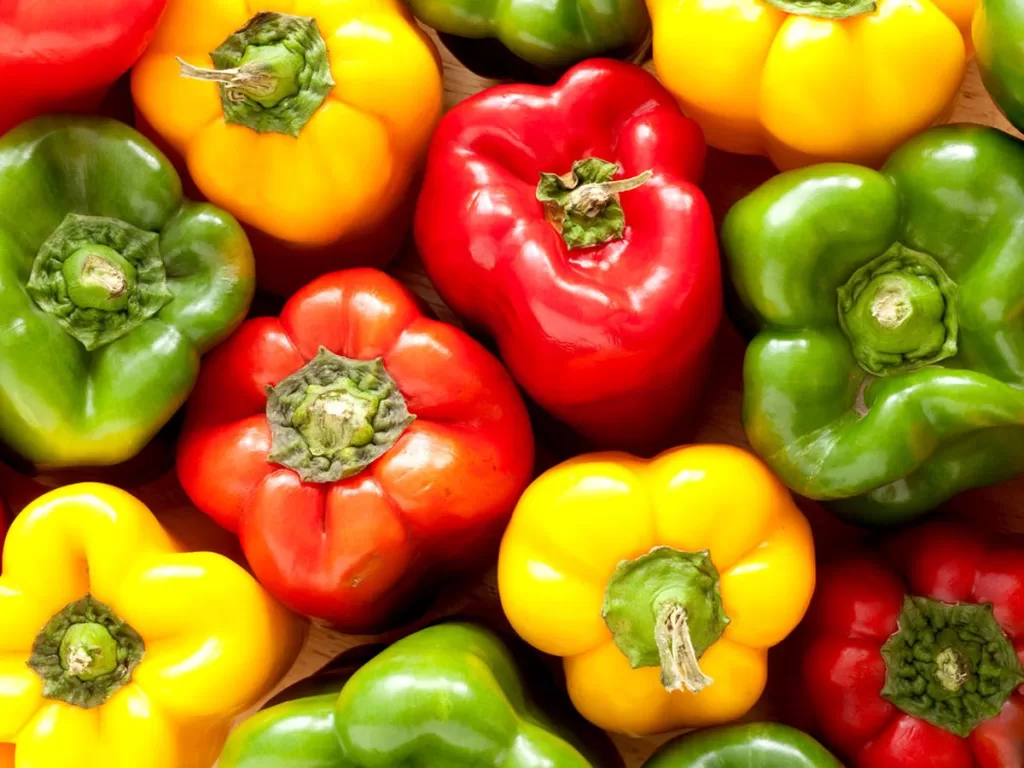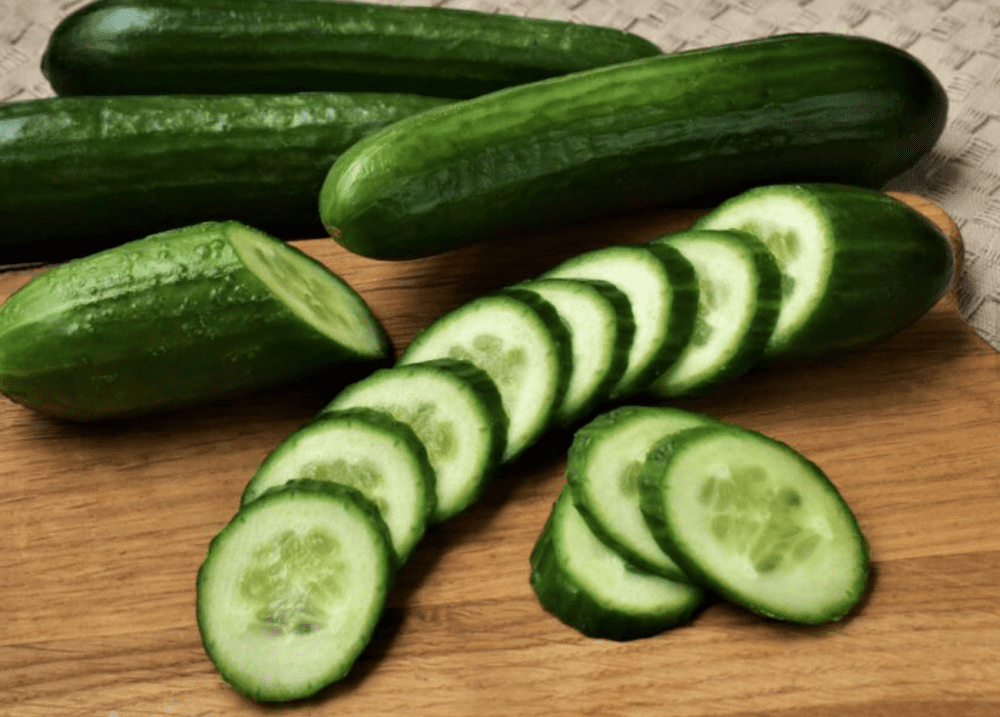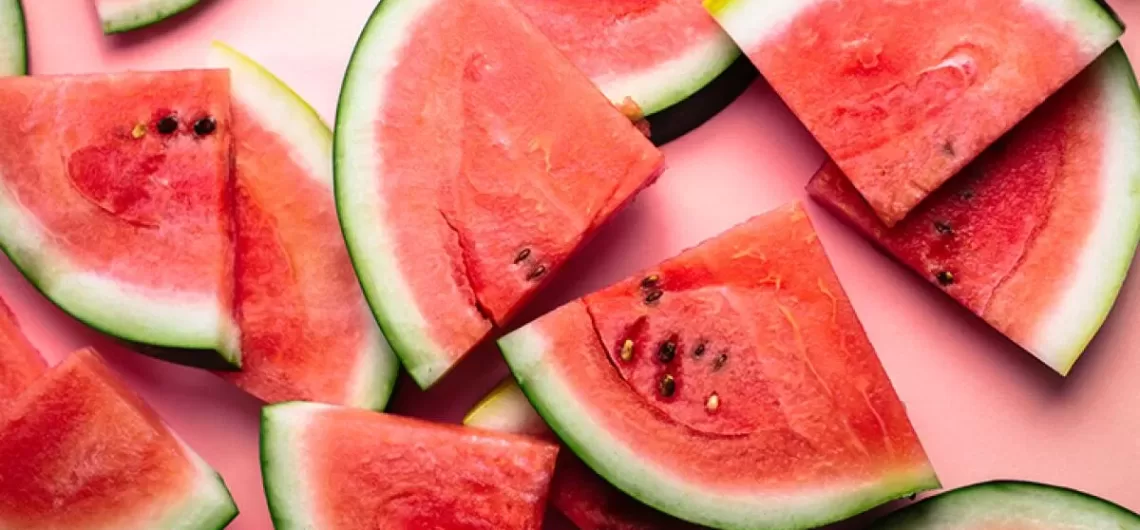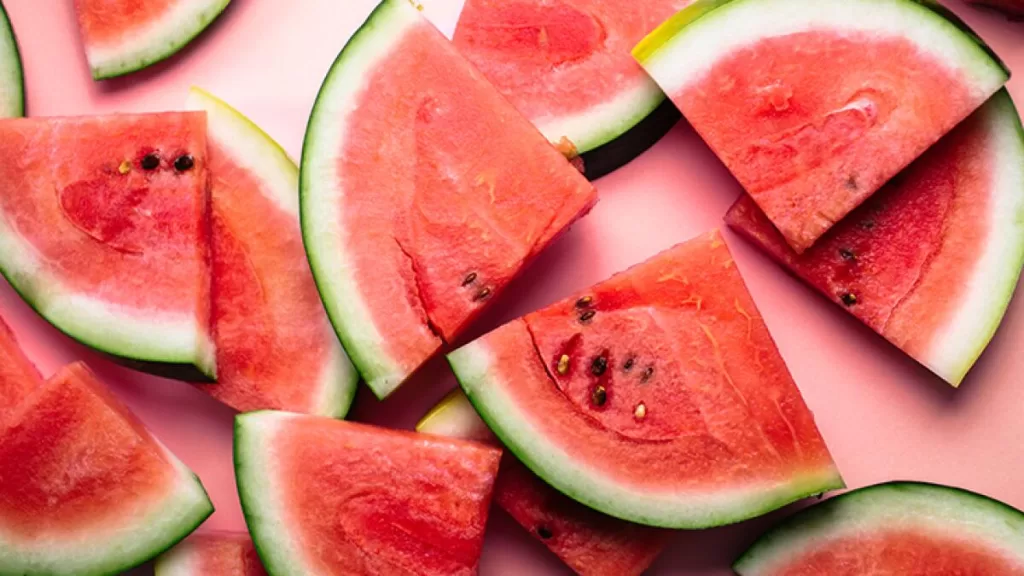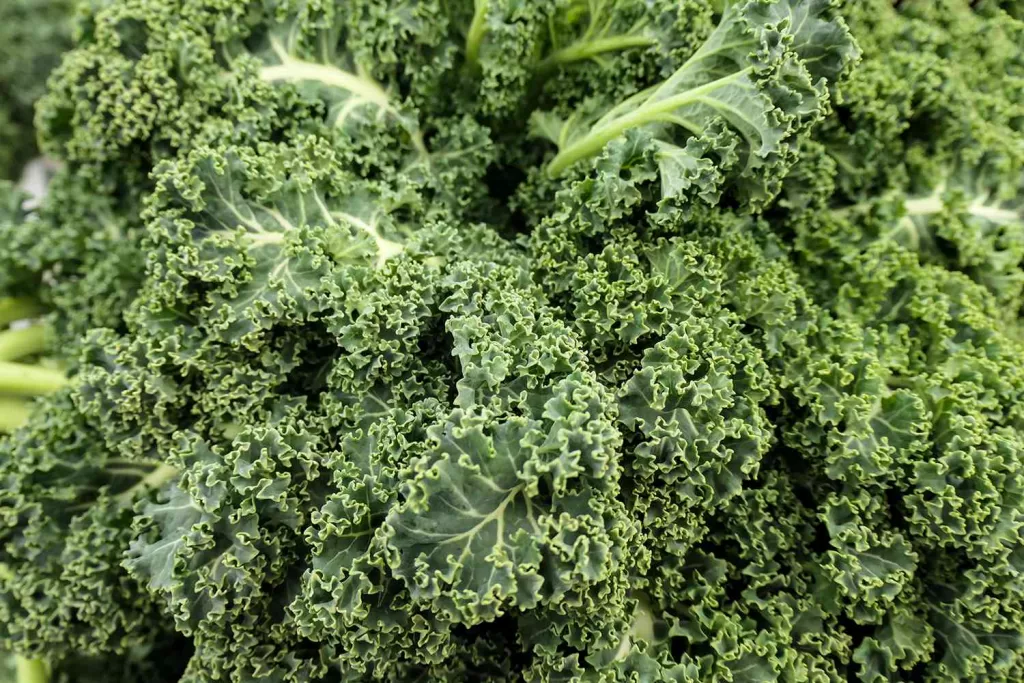What is Garam Masala?
Garam masala is a spice blend commonly used in Indian cuisine. It typically contains a mix of spices such as cumin, coriander, cardamom, cinnamon, cloves, and black pepper.
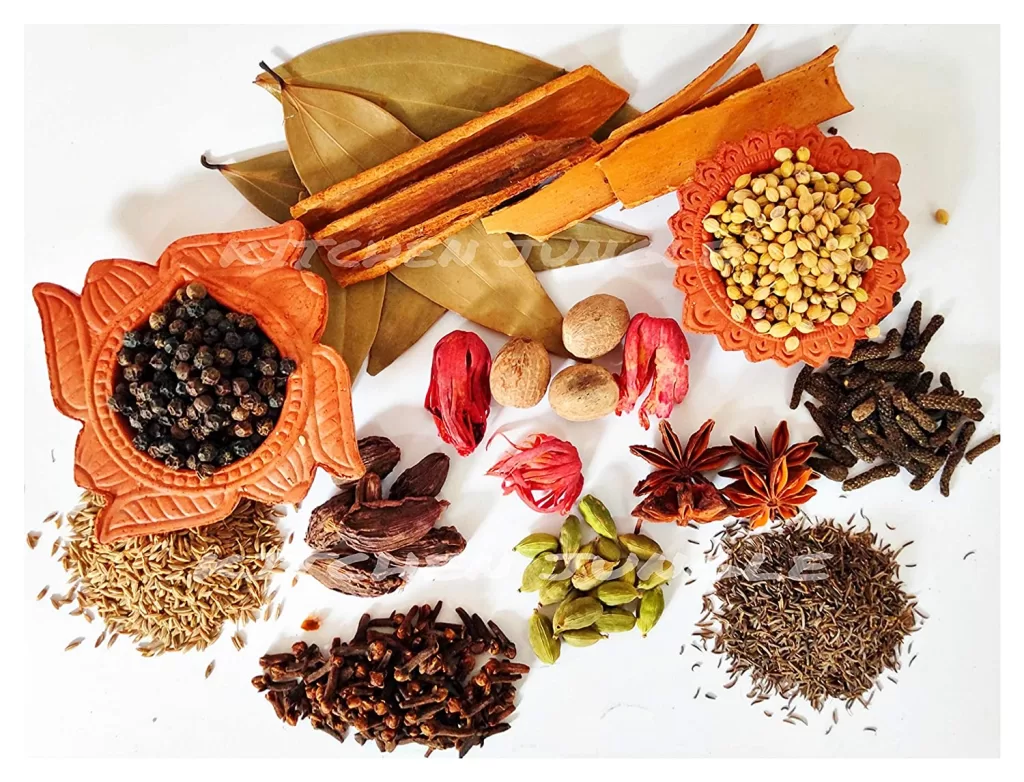
Health benefits
Here are some of the potential health benefits associated with garam masala:
- Anti-inflammatory properties: Many of the spices in the masala, such as ginger, cinnamon, and turmeric, have anti-inflammatory properties. Inflammation is linked to a range of health problems, including chronic pain, heart disease, and cancer.
- Digestive benefits: Some of the spices such as cumin and coriander, have been shown to improve digestion and reduce bloating and discomfort after meals.
- Improved metabolism: Some studies suggest that consuming certain spices in the masala, such as black pepper and cumin, may help improve metabolic function and promote weight loss.
- Antioxidant properties: Many of the spices in garam masala, such as cloves and cinnamon, are high in antioxidants, which can help protect against cell damage and reduce the risk of chronic diseases.
- Anti-cancer properties: Some of the spices in the masala, such as turmeric and black pepper, have been shown to have anti-cancer properties in animal and test-tube studies.
Side effects
Some people may experience side effects or allergic reactions to the individual spices used in garam masala. Here are some of the potential side effects:
- Allergic reactions: Some people may be allergic to certain spices .Symptoms of an allergic reaction may include itching, swelling, hives, or difficulty breathing.
- Digestive issues: Some of the spices such as cumin and cloves, can stimulate the digestive system and increase the production of stomach acid. This can lead to digestive discomfort or exacerbate symptoms of gastroesophageal reflux disease (GERD) in some people.
- Blood thinning: Some of the spices , can have blood-thinning effects. If you are taking blood-thinning medications or have a bleeding disorder, consuming garam masala in large amounts may increase the risk of bleeding.
- Interference with medication: Some spices in may interfere with the absorption of certain medications. If you are taking medication, it’s important to talk to your doctor before consuming large amounts of garam masala.
- High in sodium: This masala may be high in sodium, depending on the recipe and the brand. Consuming too much sodium can increase blood pressure and increase the risk of heart disease and stroke.
How to prepare Garam masala
Here is a recipe for making your own garam masala:
Ingredients:
- 1 tablespoon cumin seeds
- 1 tablespoon coriander seeds
- 1 tablespoon cardamom pods
- 1 tablespoon black peppercorns
- 1 teaspoon whole cloves
- 1 teaspoon fennel seeds
- 1 cinnamon stick
Instructions:
- In a dry skillet or pan, roast the cumin seeds, coriander seeds, cardamom pods, black peppercorns, cloves, fennel seeds, and cinnamon stick over medium heat for 2-3 minutes, or until they are fragrant and lightly toasted. Be careful not to burn them.
- Remove the skillet from heat and let the spices cool for a few minutes.
- Transfer the toasted spices to a spice grinder or mortar and pestle and grind until they form a fine powder.
- Store the garam masala in an airtight container and use as needed in your recipes.
Note: You can adjust the amounts of each spice according to your taste preference. Some recipes also call for additional spices such as nutmeg, mace, or bay leaves, but the above recipe is a basic blend of garam masala.

